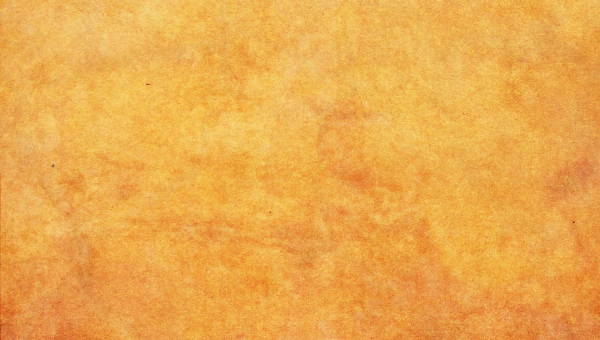
9+ Parchment Paper Textures
A parchment paper is a special type of paper used in baking for their non-sticky quality. They’re not like any…
Feb 12, 2025
There are different kinds of textures you can use to decorate your designs or your artwork. You can do them manually by using different artistic methods like painting or drawing on your main piece of art. Others have a different approach to creating the perfect artwork which is to use different digital tools and software programs to make such artwork come to life.
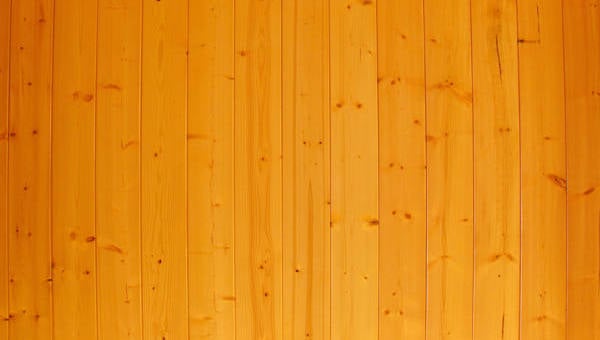
Here, we share some wood textures you can use to apply to your digital art and add o your collection of textures you can use for your future projects when using Adobe Photoshop or other professional photo editing or graphic software programs. We will also be sharing a brief description for some wood textures on where they can be used for. You can also check out our website for dust textures if you’re going for an unused and run-down feel in your creative designs.
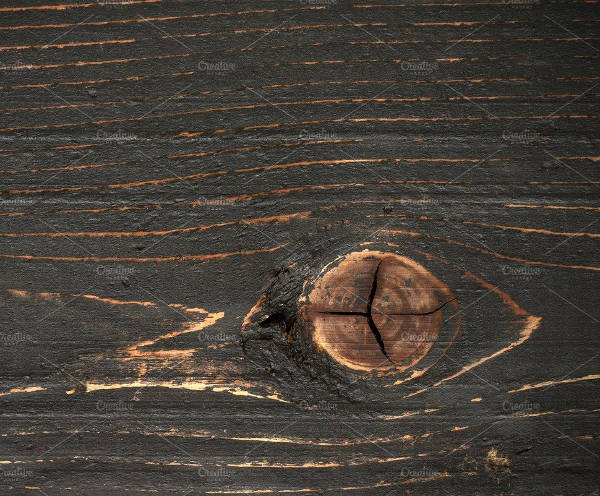
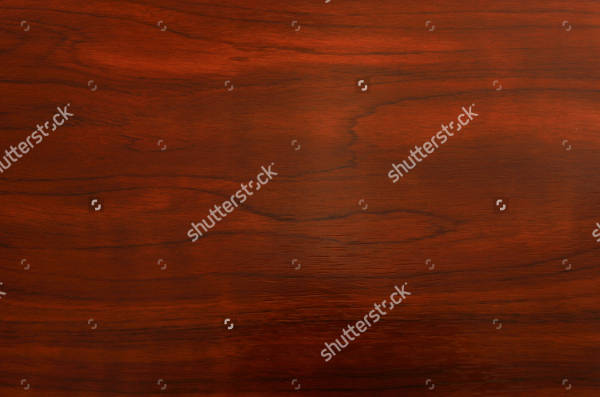
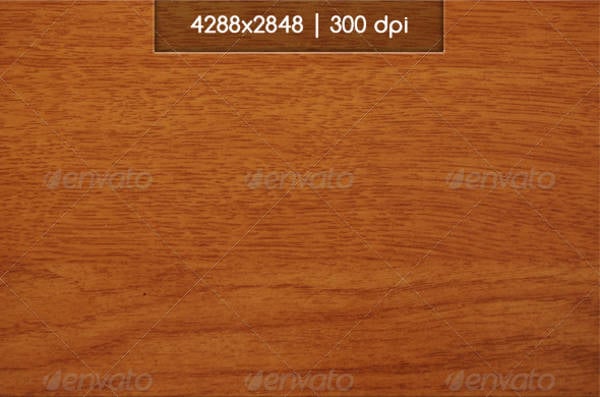
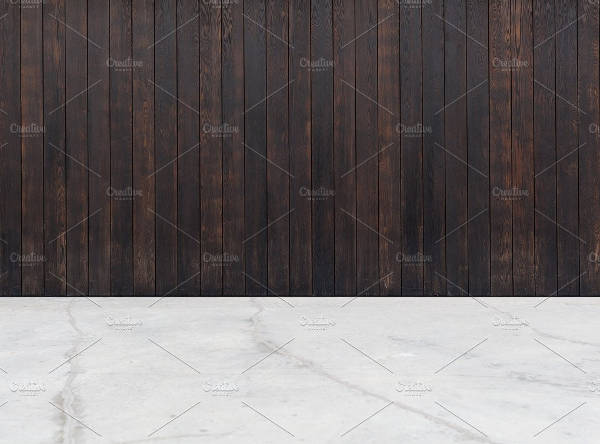

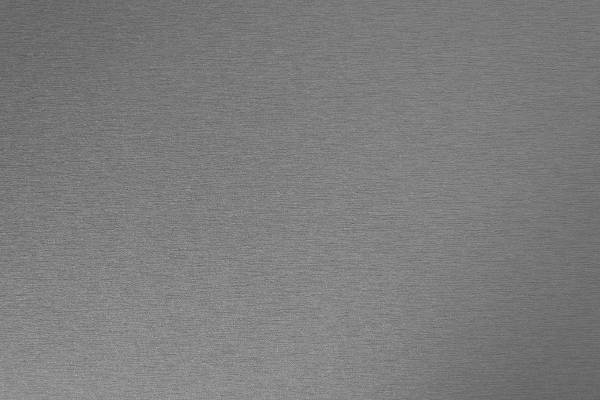
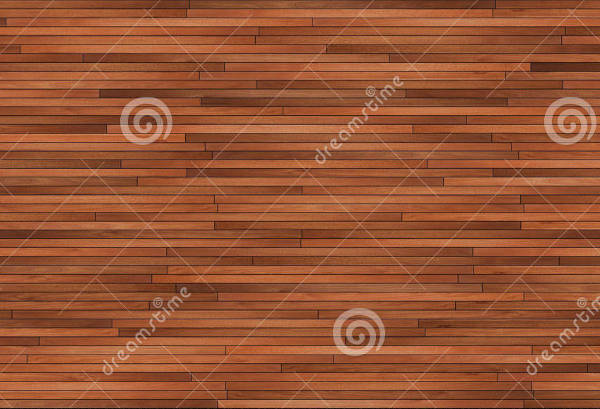
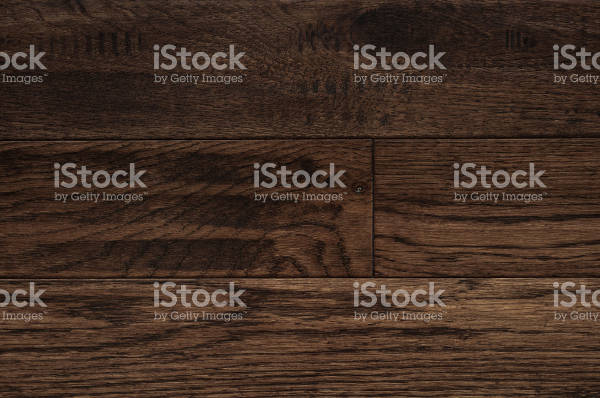
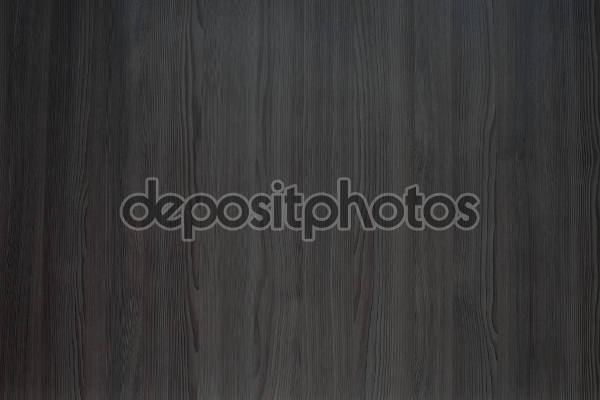
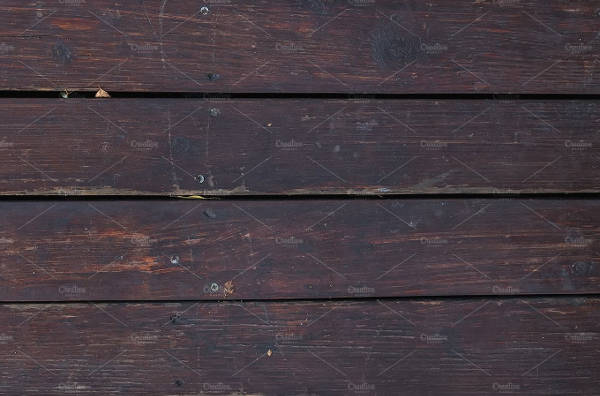
Textures are elements you can use to adjust the different shapes or objects of your different artwork or pictures (and can easily be downloaded on our website as well). Textures are tools in Photoshop that you can use to create different patterns or intricate shapes which you can use without creating such shapes or objects manually. Textures can also be added to your collection of brush presets which you can use for future projects. Textures are also used to enhance creativity by adding more effects to your digital artwork or add different effects for your pictures.
Textures are also used to add more details in environmental designs and make nature-themed designs look more natural by using different wood textures or patterns in them. Texture tools and presets are highly used by graphic designers that can be used for both corporate or for entertainment purposes as well.
Texture tools are important because without it, you will have to create certain shapes or objects manually or from scratch. Without textures, creativity will be limited for designers, and effects will be limited as well. Textures are also important for designers to use so that they can finish work fast with having multiple textures to use.
In this case, which are wood textures, they commonly give you wood-like textures to create wooden effects on your designs or for pictures. They can be used as additional props to add more details to your digital artwork or designs as well. Texture tools are also important because they provide us with the necessary effects we need to create wood-related or nature-themed designs. Specifically, wood textures can help us edit our work quickly, efficiently, and with style as well.
The main purpose for downloading a wood texture sample is to help users create different types of artwork using wood textures as effects or foundations in their designs. Below are some examples of different wood textures you can find from our website and a brief description on where they can be used for:
Our website provides other wood textures you can use to improve the creativity of your designs as well add more textures to your collection of tools in your photo editing software program. You can check out our website for spray textures if you want to apply different spray effects to your designs or cracked textures if you wish to apply different cracked textures to your artwork.

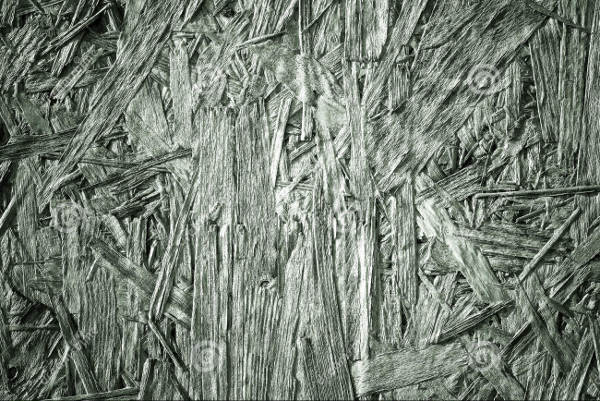

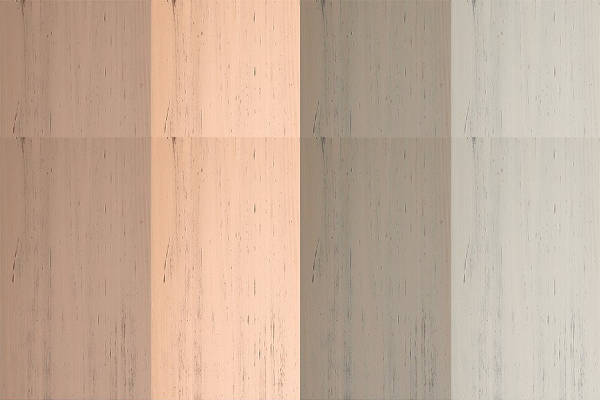
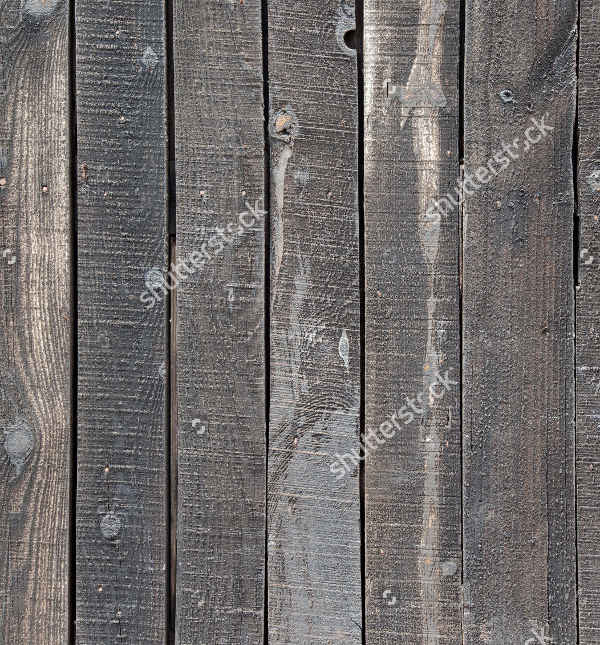
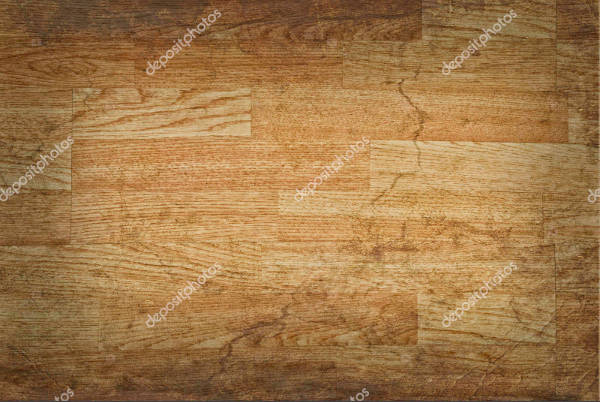
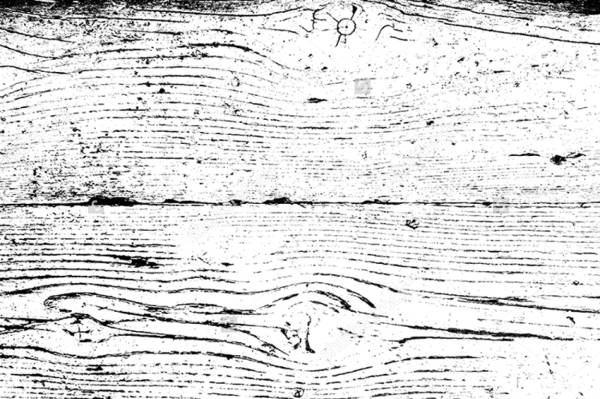
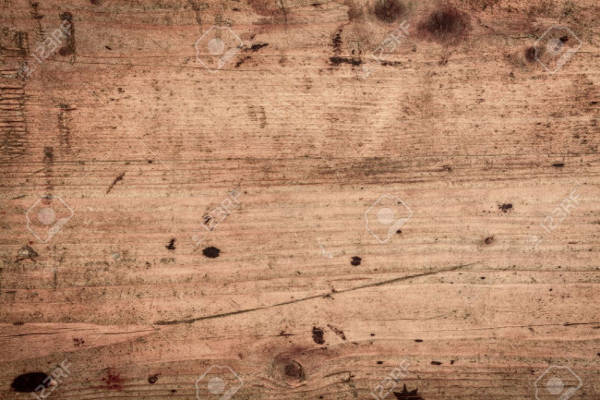

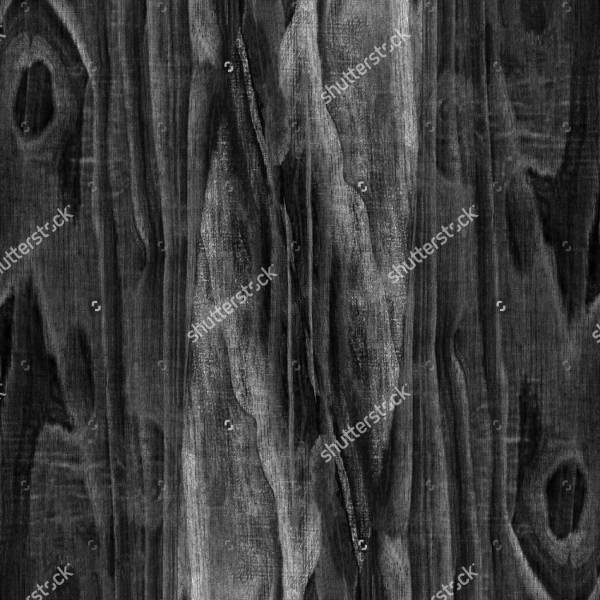
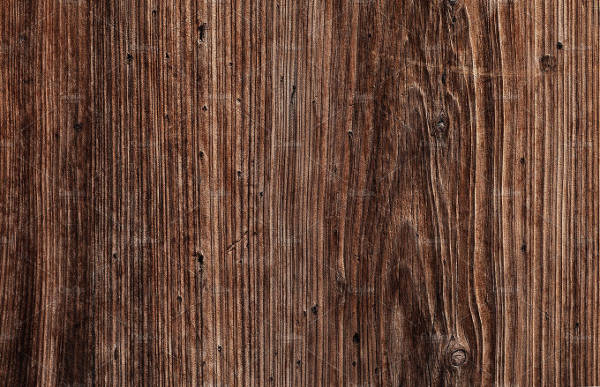
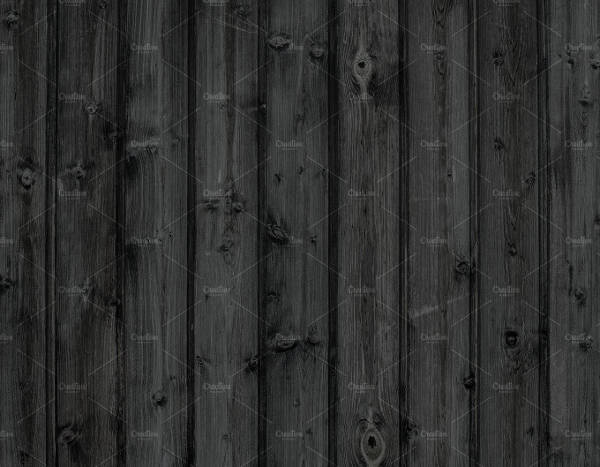
Wood textures are made for you to be flexible enough to use them for other purposes besides from making various digital designs. Below are some other purposes where wood textures can be used as well:
Using wood textures has its own perks apart from saving time from designing different wood patterns and colors from scratch. Wood textures are also used as basis for artists who would like to make wood patterns out of raw materials, draw, or paint them out. Wood textures can also serve as decorations which most artists today use as well.
Using wood textures also adds a more realistic details if you are designing an environment involving wood or nature, using the textures will give it a realistic effect making your designs look more attractive to the viewers and have more appeal. There are different kinds of wood textures already made for you to use right away and add them to your collection for you to use on your future projects.
Our collections of different textures, including this set of wood textures, offer a variety of textures which you can use for different purposes. The wood textures we display will also greatly help you in creating the designs you want without too much hassle. Our website also offers different tips and more information about wood textures and other textures and brush sets available for you to be to use them properly. You can also check out our website for different stone textures or check out this collection of textures for a myriad of other design ideas.
For you to achieve an excellent output, you will have to follow different instructions and use the wood textures properly for you to be able to design correctly and avoid making too many mistakes which may waste your time. Below are some factors you should consider when using wood textures and designing your work:

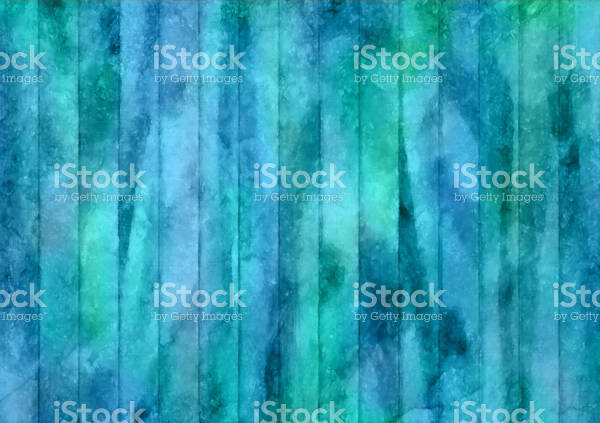
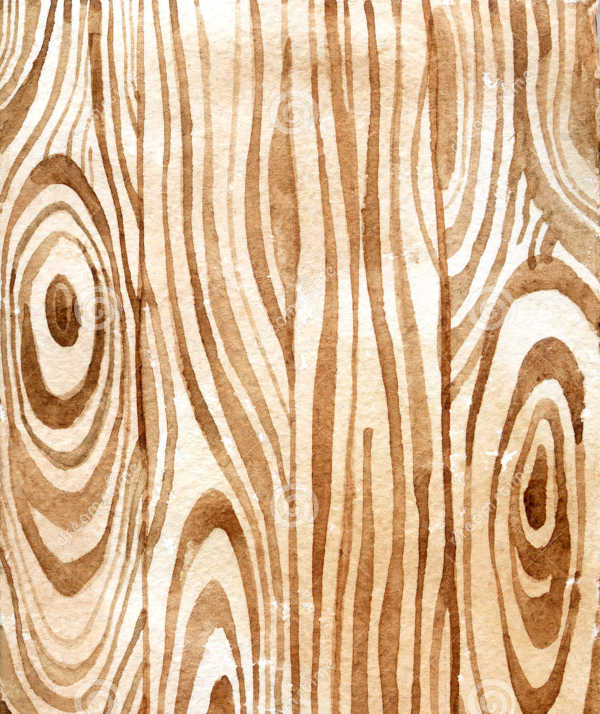
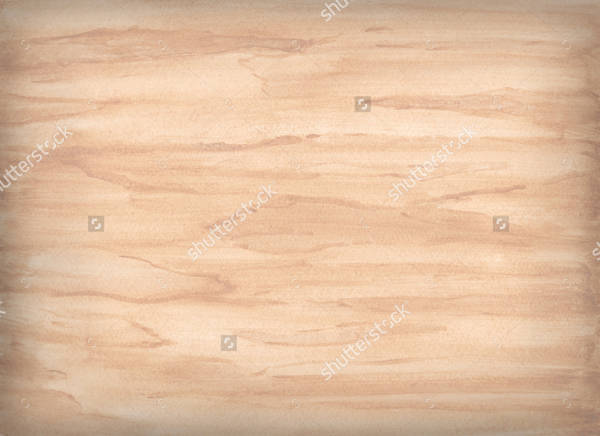

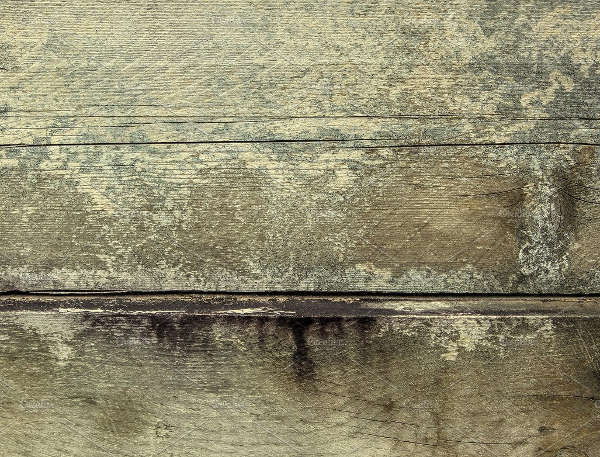
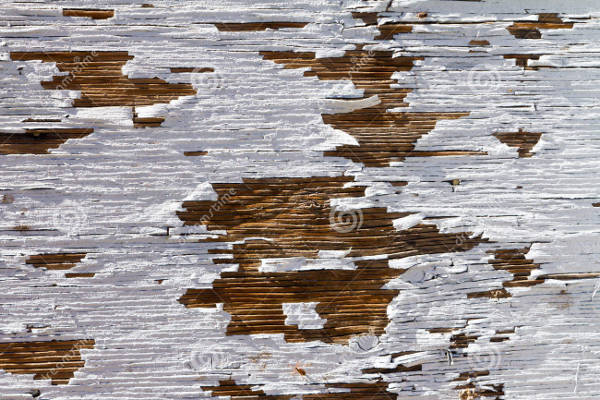
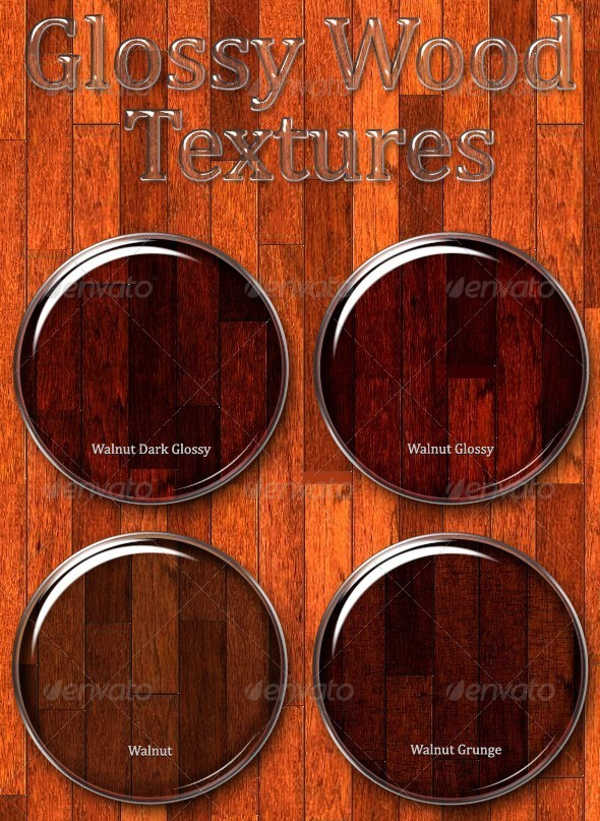
Since you already have all the tools and know where to get your wood textures, you can now start creating your designs. But before creating your artwork, you will have to consider some things when you start creating your work. Below are some factors which you need to consider when designing your artwork:
You can also check out our website if you need more sources to apply different textures in your designs. You my also want to try using different kinds of Photoshop rust textures to apply a rusty kind of effect in your designs or concrete textures if you’re designing mock-ups and models of infrastructures. Be sure to constantly check the download links for any download restrictions the publisher or author may have placed for commercial use.

A parchment paper is a special type of paper used in baking for their non-sticky quality. They’re not like any…
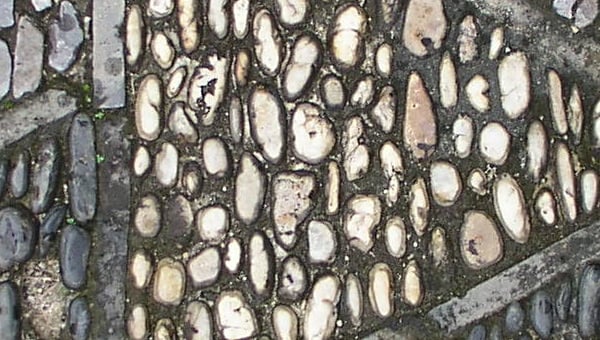
Texture is one of the most crucial aspects that one should consider when tackling about visual arts. It is used…

There are different kinds of textures you can use to decorate your designs or your artwork. You can do them…
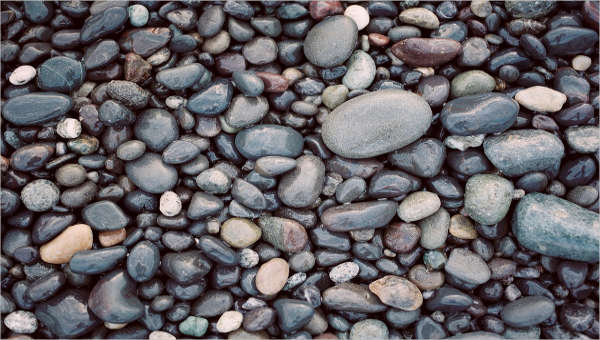
On the search for stunning rock textures and designs? Looking for inspiration and reference? We got you covered. Rock textures…
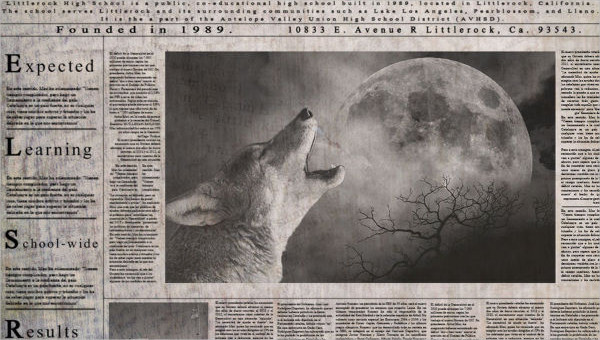
Tired of the usual newspaper template designs? Looking for more templates? You’re on the right page. Newspapers designs was primarily…

Photoshop Brick Wall Textures are some of the more common textures you can find online. For many graphic projects where…
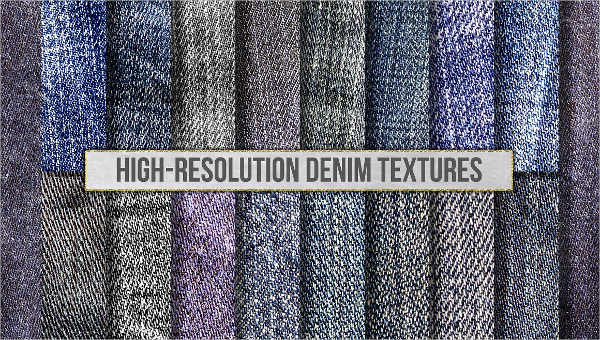
Jeans have been used by most men and women or centuries. The famous denim jeans were first worn by Americans…
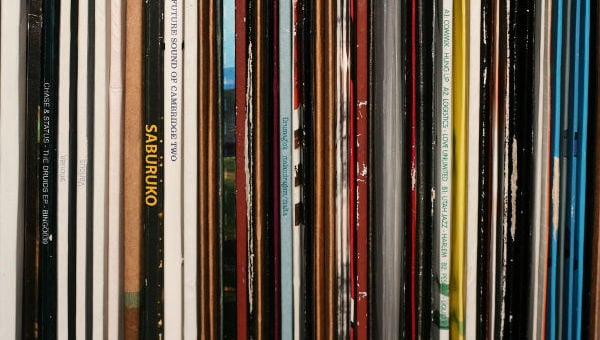
Searching for well-designed book textures? We’ve got templates for you. Bookworms will truly fancy these book designs we offer. This…
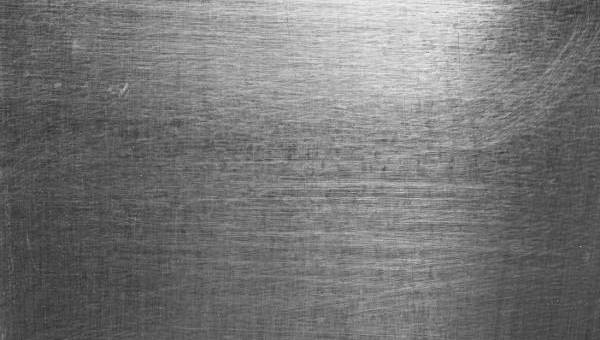
Metals are one of the materials especially used in the industrial era, and as the new age entered, they never…